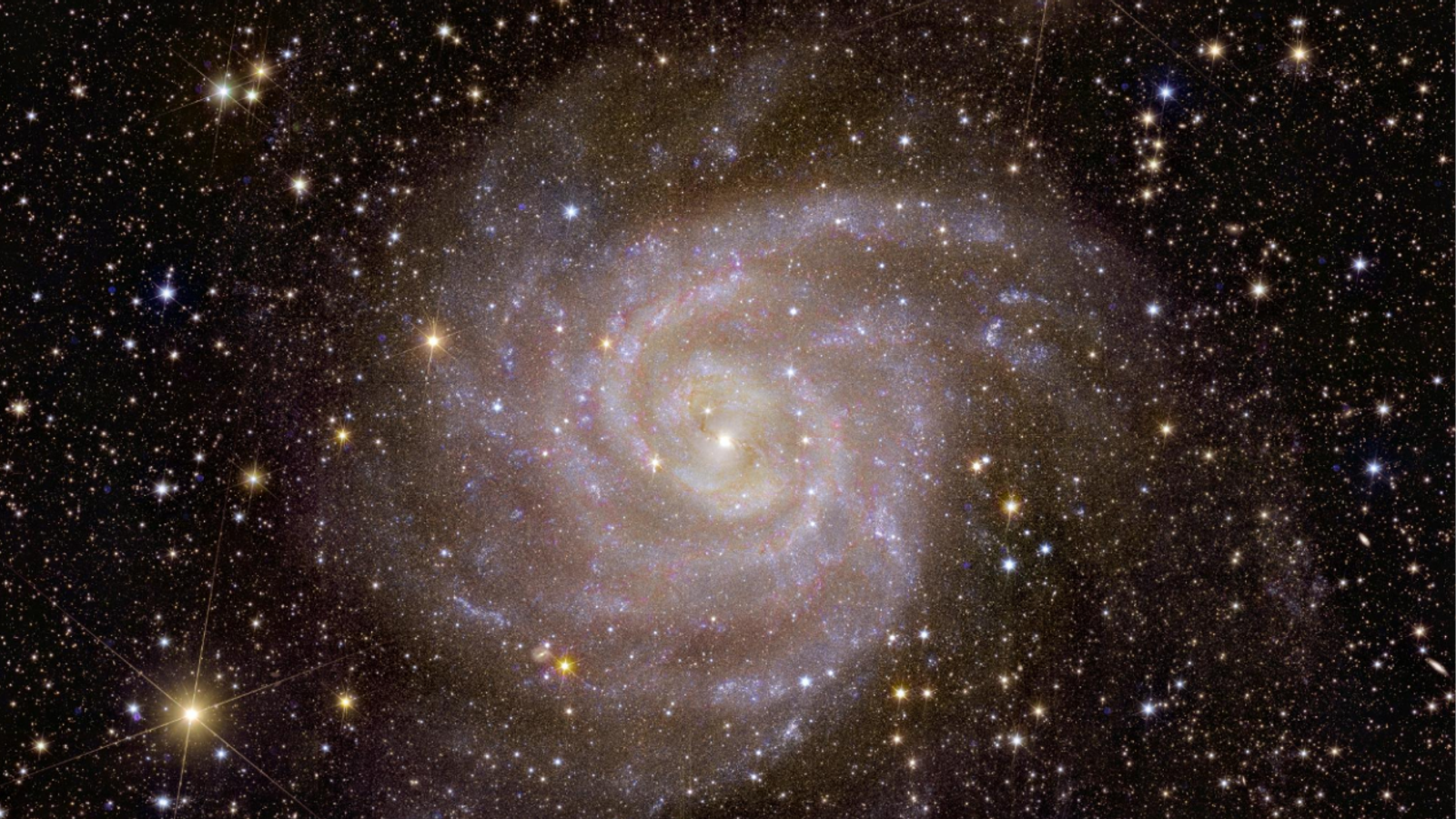Europe’s new space telescope has sent back its first dazzling images – and will now begin peering into the invisible dark forces manipulating the universe.
The Euclid telescope will observe the shapes, distances and movements of billions of galaxies up to 10 billion light years away to create the largest-ever 3D map of the cosmos.
To demonstrate its potential, the European Space Agency (ESA) has released razor-sharp full-colour images that include the dramatic Horsehead Nebula, a look-alike of our own Milky Way, and a mesmerising picture of more than 100,000 distant galaxies.
Each of the images released by ESA contains over 600 million pixels, allowing scientists to look at even familiar parts of the sky in unprecedented detail.
Here are a few of the images Euclid captured in stunning detail:
A mesmerising panorama of the Horsehead Nebula, part of the Orion constellation, peers deep into the stellar nursery.
One snapshot of 1,000 galaxies in the Perseus Cluster captures another 100,000 in the background, some so distant they are just pinpoints of light.
Perseus is one of the most massive structures known in the universe, 240 million light years away from Earth.
Astronomers hope that by studying galaxy clusters they will begin to understand the “dark” elements that hold them together.
Another image is of the ‘Hidden Galaxy’, a classic spiral of stars that looks similar to our own Milky Way.
But most galaxies in the universe aren’t as tidy. So-called irregular galaxies, such as NGC 6822, are relatively small building blocks for larger galaxies such as our own.
The next image is of a globular cluster just 7,800 light years from Earth. NGC 6397 is a collection of hundreds of thousands of stars held together by gravity.
Euclid is the only telescope that can capture an entire cluster in a single image, at the same time as distinguishing so many individual stars.
ESA says scientists will analyse the images for baby stars, young brown dwarfs (celestial objects that are between giant planets and small stars in size) as well as dim and previously unseen planets the size of Jupiter that are still in their celestial infancy.
‘Never seen’ such astronomical images
Rene Laureijs, ESA’s Euclid project scientist, said: “We have never seen astronomical images like this before, containing so much detail.
“They are even more beautiful and sharp than we could have hoped for, showing us many previously unseen features in well-known areas of the nearby universe.
“Now we are ready to observe billions of galaxies, and study their evolution over cosmic time.”
Euclid was launched by SpaceX in July.
It captures an area of sky a hundred times larger than NASA’s James Webb Telescope, though its distant vision isn’t quite as good.
Euclid can look back in time
Aside from taking beauty shots of the universe, Euclid has two key tasks.
The first is to catalogue and map 1.5 billion galaxies using visible and near-infrared light. It will allow scientists to study the shape and mass of the galaxies, but also work out how many new stars they produce each year.
The telescope is so sensitive that it can “see” galaxies so distant they have taken light 10 billion years to reach us. It means it can look back in time.
The second major task is to understand how invisible dark matter and energy are shaping the universe, one of the great puzzles of modern physics.
The mysterious dark entities – which make up 95% of the cosmos – are poorly understood because their presence causes only subtle changes in the appearance and motions of things we can see.
Be the first to get Breaking News
Install the Sky News app for free
Read more:
Scotland’s answer to Elon Musk’s SpaceX is taking shape
Oldest ever black hole could explain universe’s mysteries
Study of ‘competing dark mysteries’
Professor Carole Mundell, ESA’s director of science, explained: “Dark matter pulls galaxies together and causes them to spin more rapidly than visible matter alone can account for.
“Dark energy is driving the accelerated expansion of the universe.
“Euclid will for the first time allow cosmologists to study these competing dark mysteries together.”






